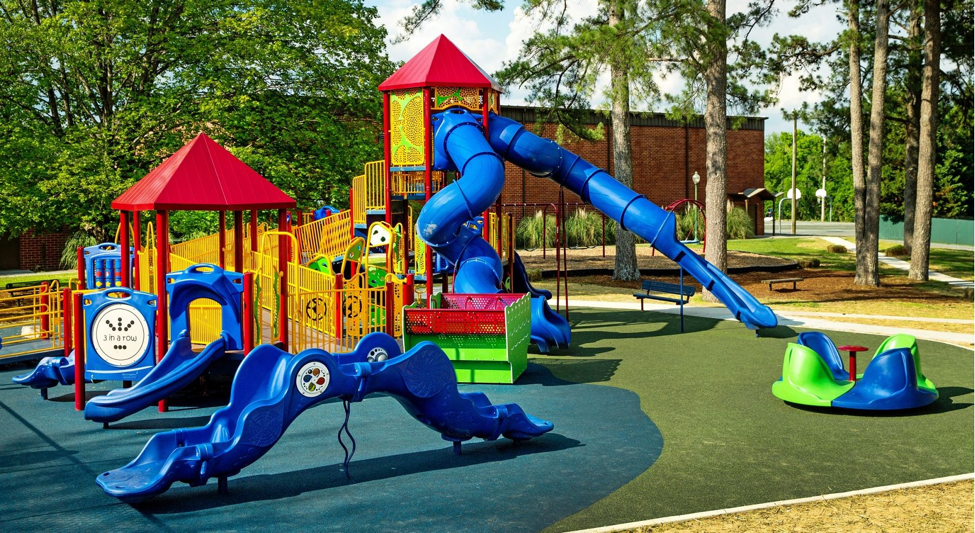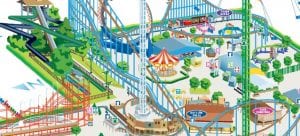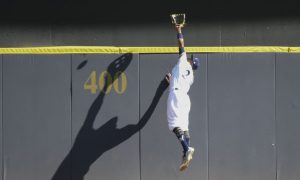
Problem:
For this lesson, students will be using the image of the playground to identify different two- and three-dimensional shapes they can find, and then estimating possible measurements to use to find the area, volume, and surface area of the shapes identified.
The first part of the lesson will be each student generating a list of what two- and three-dimensional objects they see. After about 5 minutes, students will have a chance to discuss and compare in groups. Once the groups have shared their findings, the class will come together to share all of the shapes and objects that are in the picture. Estimations will be determined for measurements, so that there are concrete numbers for the students to use when calculating area, volume, and surface area.
Based on the standards associated with this lesson, the main focus will be on two dimensional circles, triangles, quadrilaterals, and three-dimensional cuboid objects.
Connected math standards:
7.G.B.4 – Know the formulas for the area and circumference of a circle and use them to solve problems; give an informal derivation of the relationship between the circumference and area of a circle.
7.G.B.6 – Solve real-world and mathematical problems involving area, volume and surface area of two- and three-dimensional objects composed of triangles, quadrilaterals, polygons, cubes, and right prisms.
Extension:
Students who quickly progress through the shapes and objects associated with these standards can be challenged with the triangular pyramids in the picture. Also, the standard 8.G.C.9 is about using the formulas for the volumes of cones, cylinders, and spheres and using them to solve real-world problems. This is a clear extension of this activity since there are cylinders in the image, and students can be challenged to use what they know to estimate the volume of the entire slide.
Cultural relevance:
This lesson is culturally relevant to students because playgrounds are usually a place of fun for younger students, so in this way students are finding the math associated with a place that hopefully inspires positive feelings for them.
Standard from another content area:
CCSS.ELA-LITERACY.SL.7.1 – Engage effectively in a range of collaborative discussions (one-on-one, in groups, and teacher-led) with diverse partners on grade 7 topics, texts, and issues, building on others’ ideas and expressing their own clearly.



